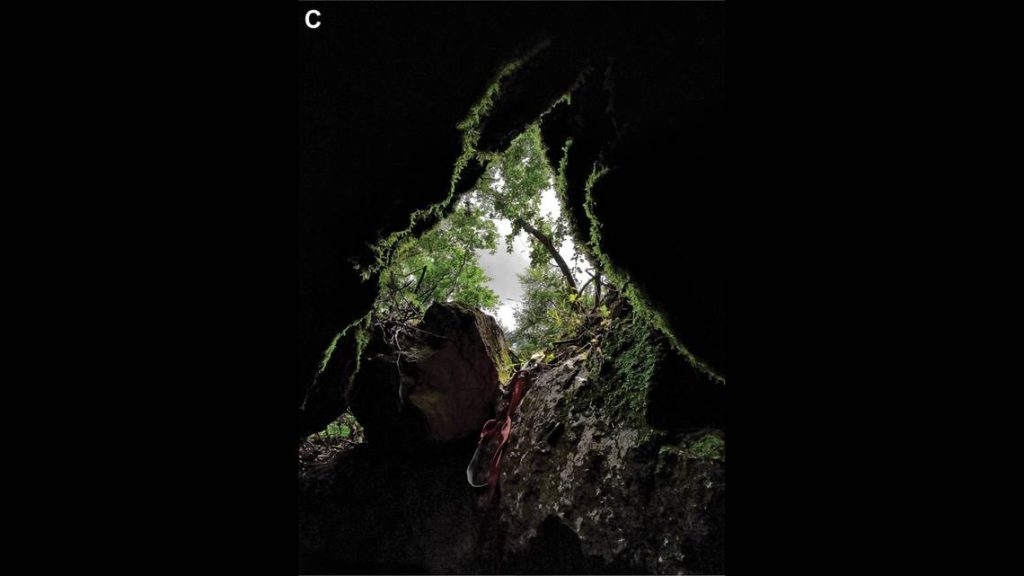In a study published in the peer-reviewed journal ZooKeys, a team of researchers explored 30 sites in eastern Serbia between 2021 and 2023 to survey wildlife, specifically looking for Vitrea snails. While most of the surveys uncovered known snail species, they made an exciting discovery in Mt. Devica. Deep in an underground cavern, they found a dozen large and unfamiliar snails, which they later identified as a new species called Vitrea virgo, or the Mt. Devica crystal snail. These snails are considered large, measuring about 0.2 inches in width, with translucent and densely coiled shells. Their soft bodies are completely devoid of pigmentation.
The Mt. Devica crystal snails were found crawling on wet rocks in a small underground cavern, living deeper in the pit and only found in the darker parts. The researchers named the new species after the location where it was discovered, Mt. Devica. Mt. Devica is located in eastern Serbia, near the border with Bulgaria. The researchers did not provide a DNA analysis of the new species, but identified it based on its shell size, shape, body coloring, genitalia, and other subtle physical features. The team of researchers included Vukašin Gojšina, Nikola Vesović, Srećko Ćurčić, Tamara Karan-Žnidaršič, Biljana Mitrović, and Ivaylo Dedov.
Thousands of new species are discovered each year, and the researchers’ discovery of the Mt. Devica crystal snail adds to this growing list. The new species was described in detail, with photos showcasing the delicate and nearly translucent spiral shell of the snail. Like other Vitrea snails, the Mt. Devica crystal snail has both male and female genitalia. The team’s exploration of various sites in eastern Serbia provides valuable insight into the biodiversity of the region and highlights the importance of continued research and conservation efforts to protect these unique species.
The discovery of the Mt. Devica crystal snail adds to the fascinating stories of newly discovered species, including a large pregnant creature with a heart-shaped spot found in China, a scaly creature with yellow eyelids lurking in the forest, and a swamp creature with very large eyes discovered in Madagascar. The research team’s dedication to exploring diverse habitats in search of unique wildlife has paid off, as they were able to uncover a previously unknown species in the depths of the underground cavern in Mt. Devica. By sharing their findings in scientific journals and publications, they contribute to the collective knowledge of biodiversity and conservation efforts around the world.
The researchers’ journey into the pit-like cavern in Mt. Devica, with one scientist being lowered down on climbing gear, captures the sense of adventure and exploration that comes with discovering new species in remote and inaccessible locations. The images of the Mt. Devica crystal snail, with its unusual shell and lack of pigmentation, offer a glimpse into the unique adaptations and characteristics of this newly identified species. The new species, named after its discovery location and characterized by its physical features, adds to the rich tapestry of biodiversity found in the diverse habitats of eastern Serbia. This discovery serves as a reminder of the importance of continued research and conservation efforts to protect and preserve our planet’s precious natural resources.


